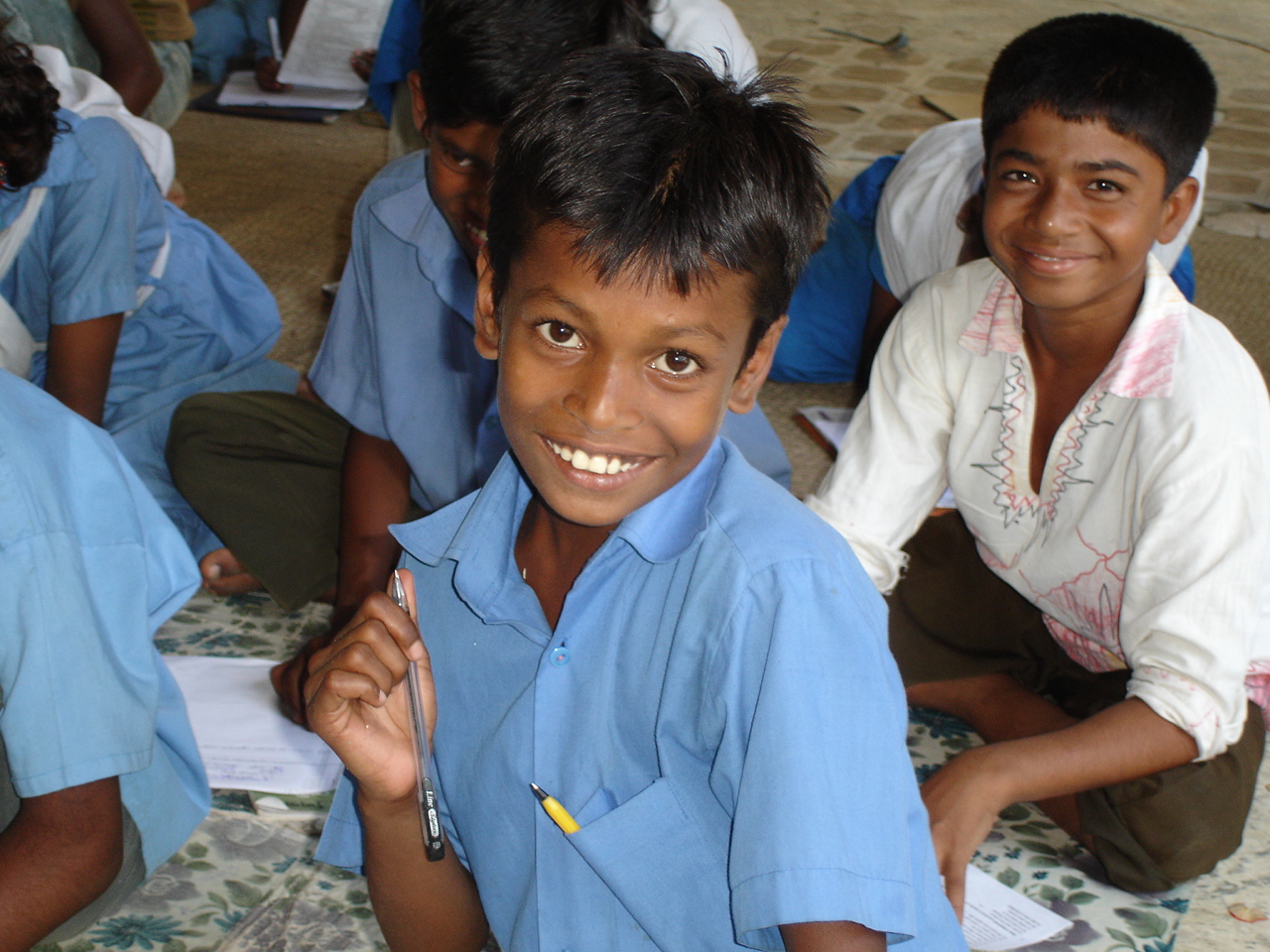About 50 percent of primary and 80 percent of secondary level students drop out
of school in Bangladesh, according to a report released on 17 December by the
Campaign for Popular Education (CAMPE) , a Bangladeshi non-governmental organisation (NGO).
The report entitled Education Watch 2006 refuted the government’s claim that primary education was free in Bangladesh.
The report said 59 percent of total spending per child in government primary schools and 71 percent of spending per child in government-assisted secondary schools came from parents. Spending included tuition fees, admission fees, bags, transport and other such related costs.
A large portion of the money goes to private tutors, the report said.
More needs to be done to achieve parity in primary and secondary education. The report said rich families were able to spend more on their children’s education, resulting in a growing educational gap between rich and poor.
The Education Watch report also said public spending on primary and secondary education was low in comparison to other developing countries.
In terms of overall national spending on education, Bangladesh with 2.2 percent of gross domestic product (GDP) falls far short of the 6.0 percent stipulated in the April 2000 Dakar Framework for Action - to ensure education for all.
Nepal, with 3.4 percent, and India, with 3.3 percent do significantly better, the report said.
“Not on track”
 Photo: David Swanson/IRIN  |
| There are some 80,000 primary schools in Bangladesh |
The report showed annual public expenditure per student in a government primary school in 2005 to be US$25, followed by $24.50 in the Ebtedayee (registered non-government) `madrasas’ (Islamic schools). Annual public expenditure per student was only $9.5 in registered non-government schools.
At the secondary level, annual public expenditure per student is $36 in government assisted schools and $55 in Dakhil (secondary level) `madrasas’, the report said.
At the primary level, the highest public spending per student per year was $25.80 in government schools, followed by $24 in `madrasas’. For other types of institution the figures varied from 96 cents to around $10.
Urban-rural divide
The report also found wide variations in public funding between urban and rural institutions of the same type at both primary and secondary levels.
"We are not at present on track to achieve the Millennium Development Goal (MDG) for 2015 or to fulfil the constitutional pledge to 'extend free and compulsory education to all children’," the report warned.
“CAMPE has several hundred NGOs in its network. They can facilitate and promote dialogue between the government, the school and the community, and help in raising awareness and understanding of educational issues in the community,” said Dr Manzoor Ahmed, director of Brac University Institute of Educational Development.
The objective of the report is to gain an understanding of educational expenditure at primary and secondary levels in the country, said Rasheda K. Chowdhury, director of CAMPE.
The report was based on a 2005 study covering 313 institutions at the primary level with 18,625 students; at the secondary level a total of 283 institutes with 16,529 students were covered. The report used 2005 statistics and costs.
sa/ds/cb
This article was produced by IRIN News while it was part of the United Nations Office for the Coordination of Humanitarian Affairs. Please send queries on copyright or liability to the UN. For more information: https://shop.un.org/rights-permissions
